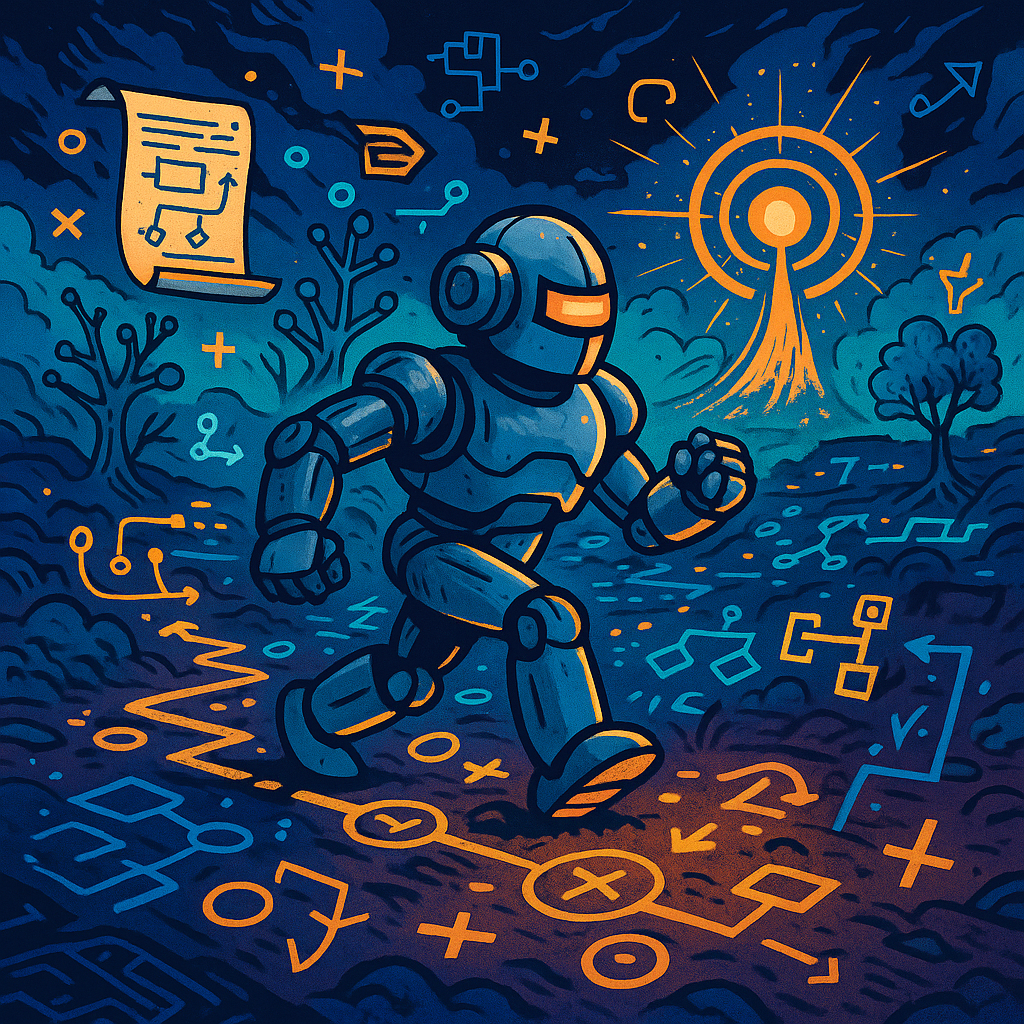
Teaching Tiny Models to Think Big: Distilling Intelligence Across Devices
🧪 Summary
As AI developers, we often face the tradeoff between intelligence and accessibility. Powerful language models like Qwen3 run beautifully on servers but what about on the edge? On devices like Raspberry Pi or old Android phones, we’re limited to small models. The question we asked was simple:
Can we teach a small model to behave like a large one without retraining it from scratch using only its outputs and embeddings?






